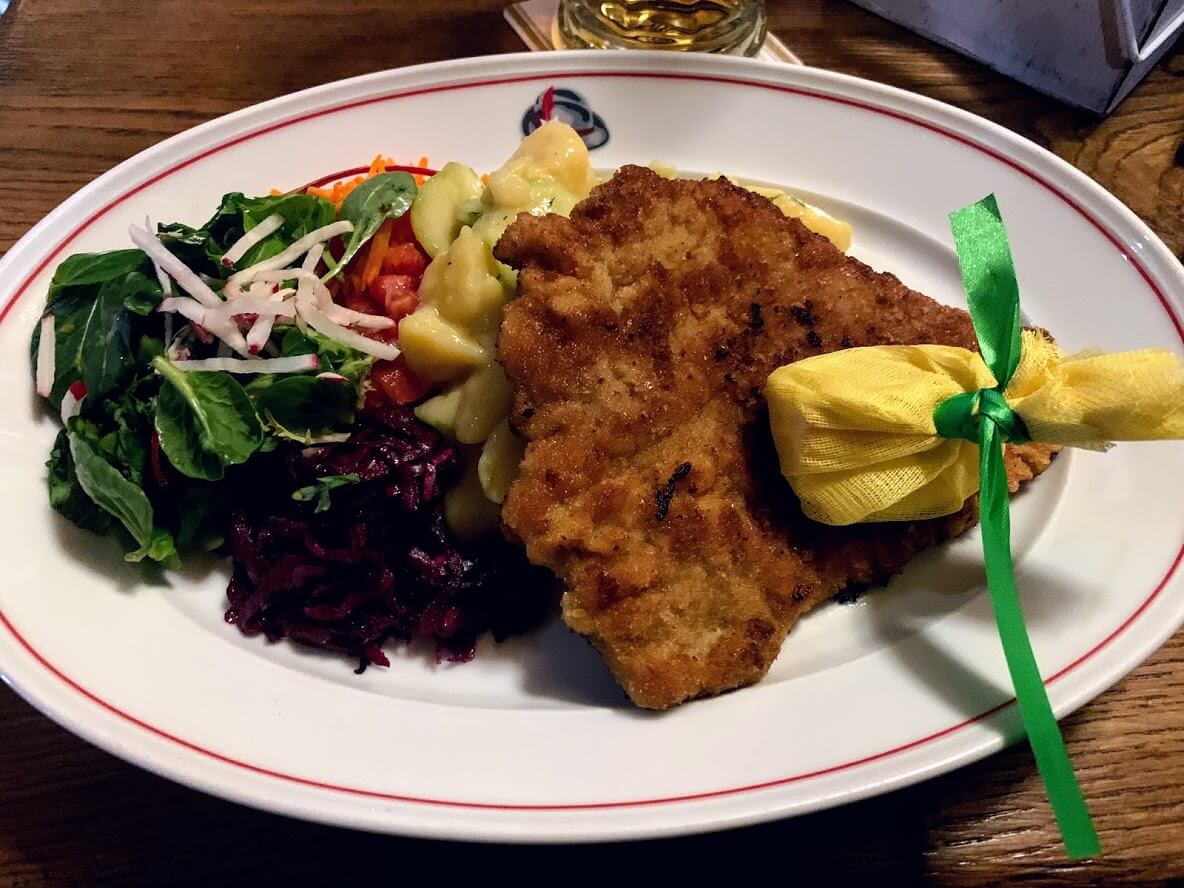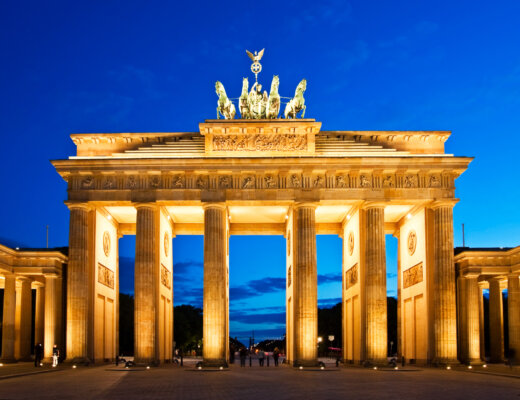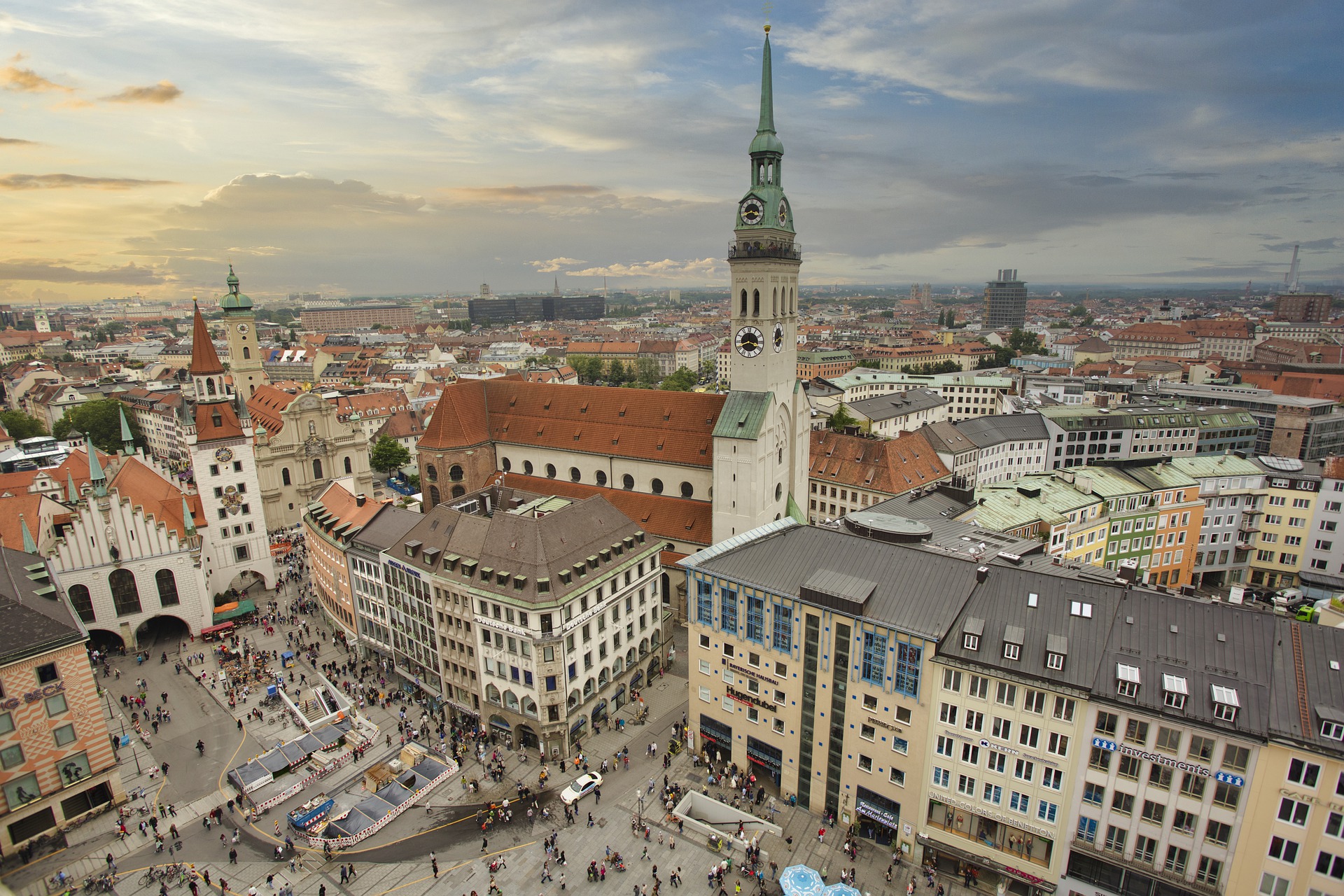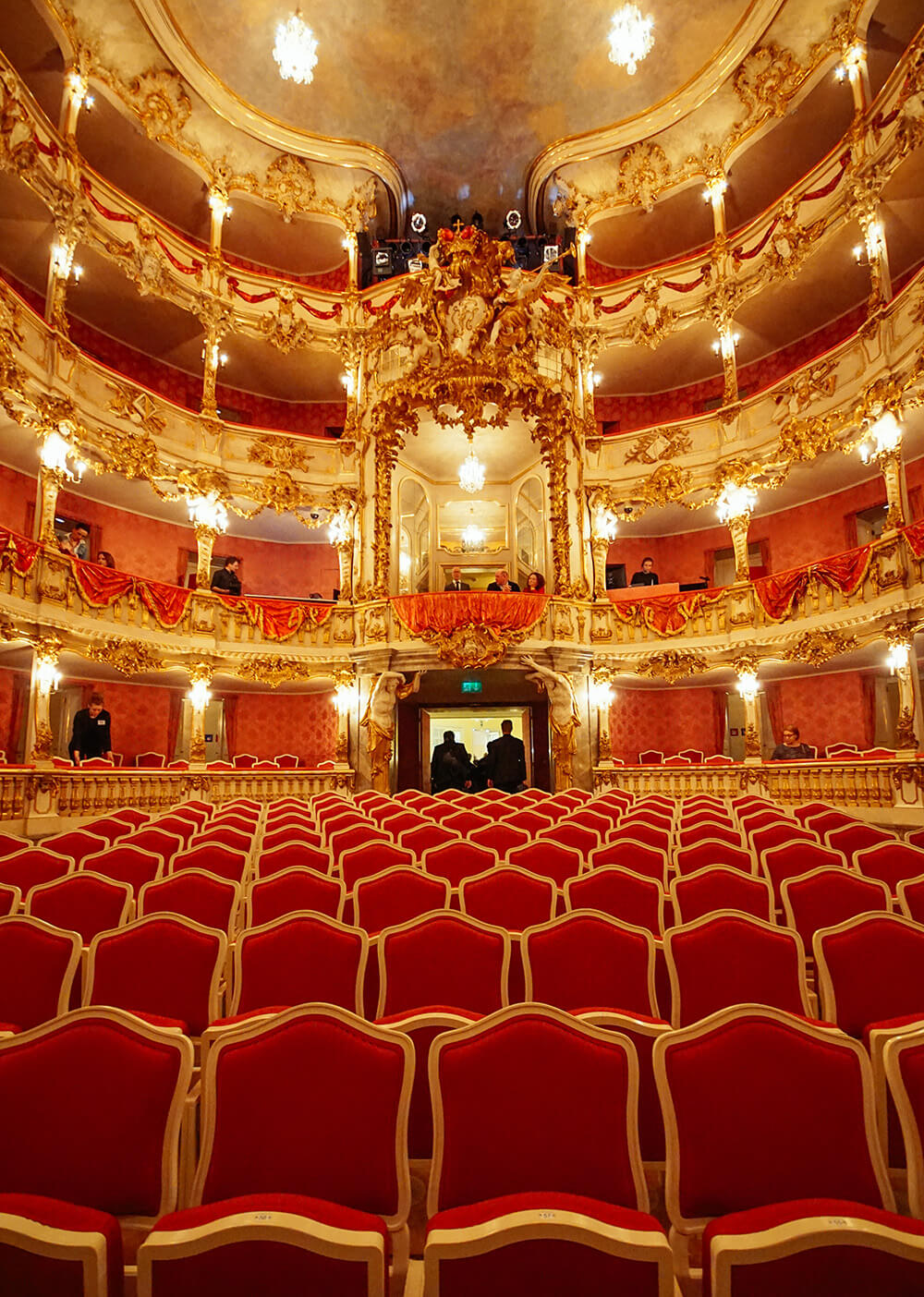The culinary history of Germany is rich and diverse, reflecting the country’s geography, climate, and cultural influences. The German diet has traditionally been based on meat, potatoes, and bread, with a strong emphasis on locally-sourced ingredients. As a reflection of the natural surroundings, German food varies from region to region and has been heavily impacted on Germany’s location in Central Europe.
Background and History of German Food
In medieval times, the German diet was heavily influenced by the Catholic Church and its dietary restrictions. Meat was typically only consumed on special occasions, such as religious holidays, while the rest of the time people relied on a diet of grains, legumes, and vegetables. However, as the country became more affluent, meat consumption increased and it became a staple in the German diet.
The 16th century saw the introduction of the potato to Germany, which quickly became a staple crop. It was particularly popular in the northern regions, where the colder climate made it difficult to grow other crops. Potatoes were used to make dishes such as Kartoffelpfannkuchen (potato pancakes) and Kartoffelsalat (potato salad).
During the 19th century, the German diet began to incorporate more international influences, particularly from France and Italy. This led to the development of a more refined cuisine, with a focus on sauces and seasonings. The use of spices such as nutmeg, cinnamon, and cloves also increased.
In the 20th century, Germany was heavily impacted by the two World Wars. Food shortages were common, and the government implemented rationing and food-saving measures. After World War II, the country was divided into two, with the West becoming more influenced by American and Mediterranean cuisine, while the East remained more traditional.
Today, German cuisine is a mix of traditional and modern dishes. It is still based on meat, potatoes, and bread, but with a greater emphasis on fresh, seasonal ingredients. Regional specialties such as Rindfleisch (beef) from Bavaria, and Leberknödel (liver dumplings) from the Swabian region, are still popular. German cuisine also includes many types of bread, such as Pumpernickel, Vollkornbrot, and Roggenbrot, and a variety of sausages, including Bratwurst, Weißwurst, and Bockwurst. German beer and wine are also an important part of the country’s culinary culture, and are enjoyed around the world.
National Dishes of Germany
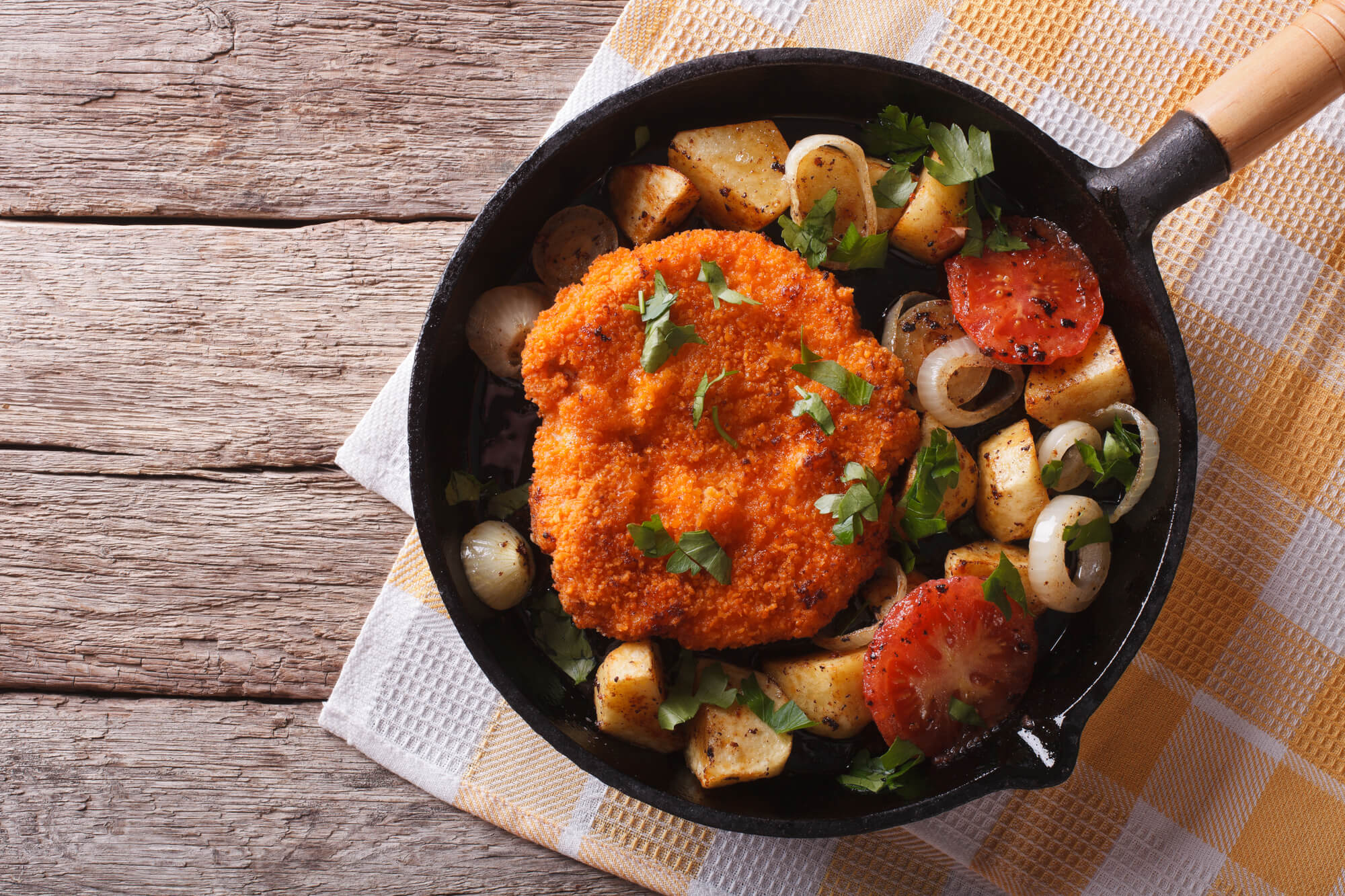
German Weinerschnitzel with fried vegetables in a pan on the table.
German cuisine has a rich history that reflects the country’s geography, climate, and cultural influences. From medieval times, when meat was only consumed on special occasions, to the present day, with a mix of traditional and modern dishes, German cuisine is a reflection of the country’s unique identity. With a focus on locally-sourced ingredients, hearty meat and potatoes dishes, and an extensive range of breads and sausages, German cuisine is a hearty and satisfying experience. German beer and wine are also an important part of the country’s culinary culture, and continue to be enjoyed around the world.
Some of the most popular and well-known national dishes of Germany include:
Schnitzel: Schnitzel is a dish made of thin slices of veal, pork, or chicken that are breaded and fried. It is a staple in German cuisine and is often served with a variety of sides such as potato salad, french fries, or sauerkraut.
Spätzle: Spätzle is a type of egg noodle that is traditional to the southern region of Germany. It is made by mixing flour, eggs, and water to create a dough, which is then formed into small, irregular shapes and boiled. Spätzle is often served with a variety of sauces and meats, such as gravy or sautéed onions.
Rindfleisch: Rindfleisch, also known as beef, is a popular dish in Germany that is typically made with slow-cooked beef that is seasoned with a variety of spices and served with gravy and sides such as potatoes or red cabbage.
Bratwurst: Bratwurst is a type of sausage that is made from pork and beef and is a staple in German cuisine. It is typically grilled or fried and is often served with a variety of sides such as sauerkraut, potato salad, or bread.
Eintopf: Eintopf is a one-pot meal that is traditional to Germany. The dish is made by simmering a variety of ingredients, such as meats, vegetables, and legumes, in a single pot. Some popular variations include ham hock and bean soup, lentil soup, and beef and vegetable stew.
Kartoffelpuffer: Kartoffelpuffer is a traditional German dish that is made from grated potatoes, onions, and flour. The mixture is then formed into small, flat cakes and fried until golden brown. They are often served with a variety of toppings such as apple sauce, sour cream, or gravy.
Kaiserschmarrn: Kaiserschmarrn is a traditional German dessert that is made from a sweet, fluffy pancake that is shredded and served with a variety of toppings such as fruit compote, caramel sauce, or powdered sugar.
Apfelstrudel: Apfelstrudel is a traditional German dessert that is made from a thin, flaky pastry that is filled with a sweet mixture of apples, sugar, and spices. The pastry is then rolled and baked until golden brown and is often served with a dollop of whipped cream or vanilla ice cream.
These dishes are just a few examples of the many traditional dishes that are enjoyed in Germany. The country’s cuisine is known for its hearty, comforting, and flavorful dishes that often feature fresh ingredients, simple preparation methods, and a focus on local, seasonal ingredients. With its rich culinary heritage, Germany continues to be a popular destination for food lovers from around the world.
German Beer and Oktoberfest
In addition to some of the heartiest food on the planet, Germany is one of the handful of true locations in Europe where beer-making has been pivotal to the country’s history.
Germany has a long history of beer brewing, dating back to the Middle Ages. German monks were some of the first to document the brewing process and create monastic breweries. Evidence of this is found even in city names, where places like “Munich” are actually named for the monks who created thriving businesses by pioneering the brewing process and birthing what eventually became a massive industry in Germany.
German law also plays a role, as the Reinheitsgebot, or “purity law,” which was established in 1516, only allows for beer to be made with water, hops, and barley. This has helped to preserve traditional German beer styles, such as Pilsner, and maintain a reputation for high-quality beer. Additionally, Germany has a strong culture of beer drinking and has many famous beer festivals, such as Oktoberfest, which further contribute to Germany’s reputation as a beer-making country.
Oktoberfest is a 16-day festival held annually in Munich, Germany, running from late September to the first weekend in October. It is one of the most famous events in Germany and the world’s largest fair, with more than 6 million people from around the globe attending the event every year. The festival originated on October 12, 1810, as a celebration of the marriage of Crown Prince Ludwig of Bavaria to Princess Therese von Sachsen-Hildburghausen. The festivities included a horse race, and the event was so successful that it was repeated the following year and became an annual event. Today, Oktoberfest is known for its beer tents, carnival rides, games, and traditional Bavarian food.
Best Food Cities in Germany
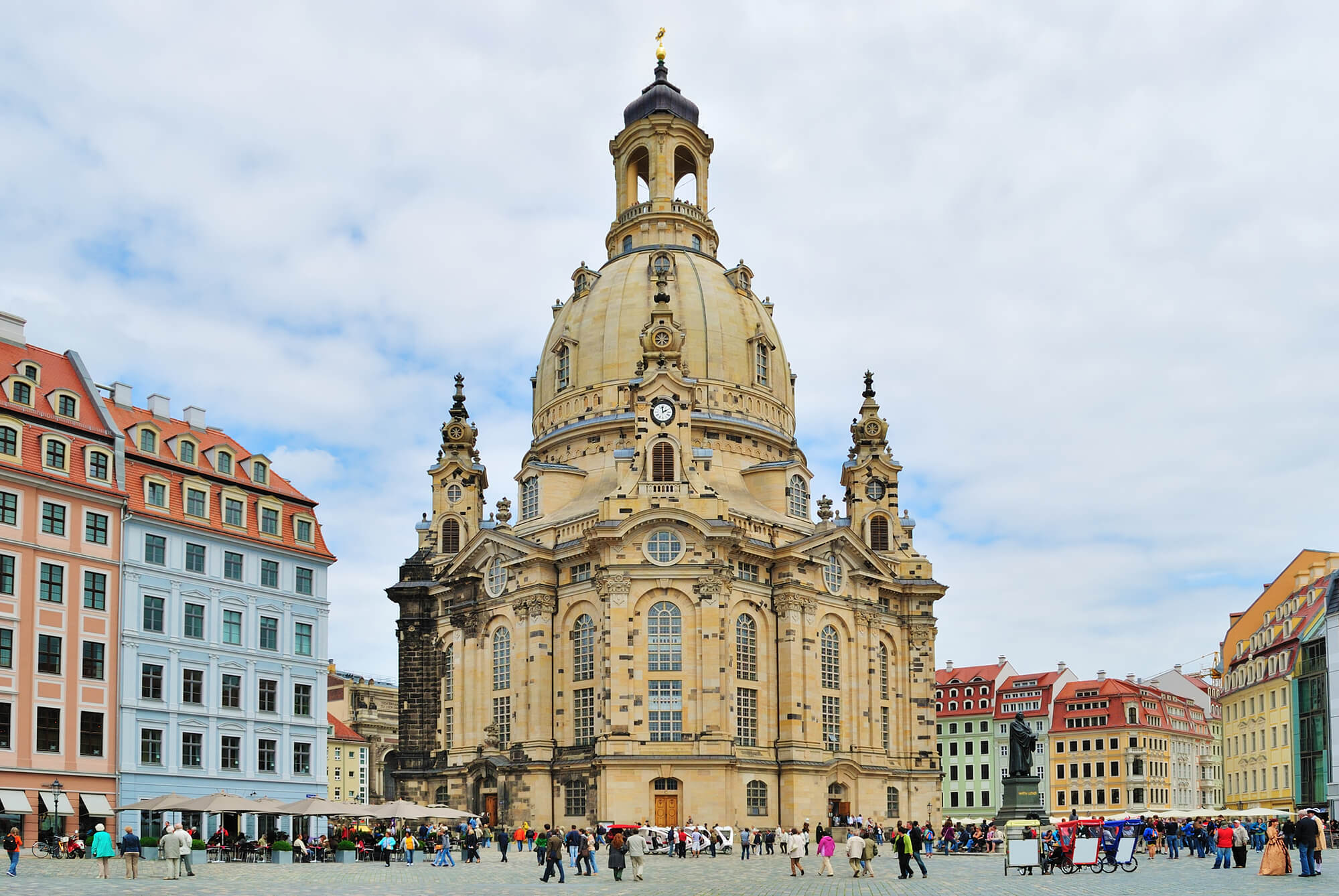
Dresden, Germany. Very beautiful and famous church Frauenkirche
There are many cities in Germany that are known for their excellent food and dining options. Again, the regionality and cuisine change in tandem, as certain regions are a reflection of the natural surroundings and hearken back to what the locals had available hundreds of years ago at the beginning of these traditions.
Here are some of the best food cities in Germany:
Berlin – Berlin is a city known for its multicultural and diverse food scene. From traditional German cuisine to international flavors, there is something for everyone in Berlin. Some must-try dishes include the famous Berliner doughnuts, currywurst, and döner kebab. The city also has a thriving street food scene, with vendors selling everything from sausages to falafel.
Frankfurt – Frankfurt is a city known for its traditional German cuisine, with a strong emphasis on hearty dishes such as sausages, sauerkraut, and potato salad. The city is also home to a number of excellent seafood restaurants, as well as a thriving wine scene. Some must-try dishes include the famous Frankfurt green sauce, and the local specialty, “Handkäs mit Musik” a cheese dish with a tangy vinegar and oil dressing.
Munich – Munich is a city known for its traditional Bavarian cuisine, which is characterized by hearty dishes such as Schweinshaxe (pork knuckle) and Leberknödel (liver dumplings). The city is also home to a number of excellent beer gardens, where visitors can enjoy a refreshing beer and traditional German dishes in a relaxed outdoor setting. Some must-try dishes include “Weißwurst”, a veal sausage, and “Spätzle”, a type of egg noodle. It’s also the home of Oktoberfest, and one of the true German cultural centers in Bavaria.
Hamburg – Hamburg is a city known for its seafood and fish dishes, as well as its traditional German cuisine. The city is home to a number of excellent seafood restaurants, as well as a thriving street food scene. Some must-try dishes include “Finkenwerder Scholle”, a type of plaice and “Fischbrötchen”, a fish sandwich.
Heidelberg – Heidelberg is a charming city located in the Baden-Württemberg region of Germany, known for its picturesque old town and impressive castle. The city is also home to a number of excellent restaurants, serving traditional German cuisine as well as a variety of international dishes. Some must-try dishes include “Schäufele” a pork shoulder dish and “Spätzle” again a type of egg noodle.
Düsseldorf – Düsseldorf is a city located in the North Rhine-Westphalia region of Germany, known for its excellent dining options. The city is home to a number of excellent restaurants, serving traditional German cuisine as well as a variety of international dishes. Some must-try dishes include “Himmel un Ääd” a dish of mashed potatoes with blood sausage and “Halve Hahn” a type of sandwich made with a roll, cheese and gherkins.
Stuttgart – Stuttgart is a city located in the Baden-Württemberg region of Germany, known for its excellent dining options. The city is home to a number of excellent restaurants, serving traditional German cuisine as well as a variety of international dishes. Some must-try dishes include “Linsen mit Spätzle” lentils with egg noodles and “Maultaschen” a type of dumplings.
These are just a few examples of the many excellent food cities in Germany. Each city has its own unique culinary traditions and specialties, and all are worth visiting for food lovers.

